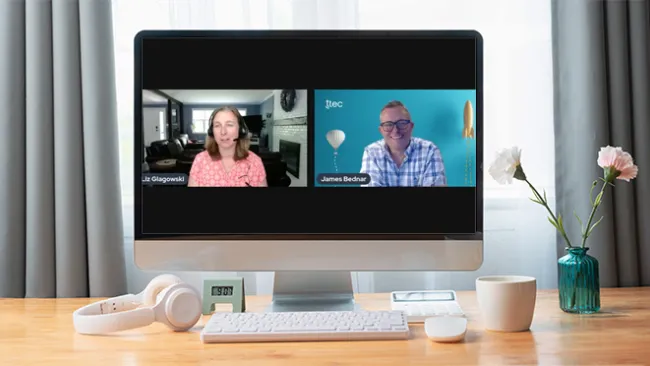When today’s customers seek help from a company, they want stress-free experiences. Navigating IVRs, repeating information, and being placed on hold can turn a frustrated customer into an irate one, which can ultimately lead to customer defection.
A common solution to these growing service woes is live chat. Live chat provides faster resolution times and quicker responses—overall, customers are viewing this as the most efficient way to get their issues resolved. Studies even show that live chat has the highest satisfaction levels for any customer service channel and it often leads to an increase in conversions.
In fact, Forrester views live chat as an increasingly profitable channel in which to engage customers. In a recent survey, 44 percent of respondents said that having a live person answer questions while they were in the middle of an online purchase was one of the most important features a website could offer.
In addition to using chat to seek out help during purchases, customers choose chat for various reasons: when they can’t talk privately but they can type, when they need to multi-task, or when they can’t stop what they are doing.
Although chat technology is maturing and spurring consumer adoption, companies must approach the channel from their customers’ perspective. Therefore, they must think about their customers and build their solutions in the way that customers will want to use it.
At TTEC, we believe these three best practices are critical to delivering the chat experience that customers want.
1. Don’t blast them with invitations to connect.
When customers visit a company’s website and immediately get presented with an automatic invitation to chat even before they have a chance to browse merchandise, they’re likely to click off the invitation and the window to chat with them will be missed.
Smart utilization of automated prompts intended to engage customers in a chat session at the right time can be much more successful. Prompts based on time spent on page, first-time visitors, if they arrived from a specific page, or based on words typed in the search box can serve as useful triggers for when to accurately serve up chat invitations. But ultimately, they should be used to understand the customers’ needs and help resolve their issue faster (and maybe even anticipate their next issue).
2. Provide associates with visitor behavior analysis.
Companies can no longer just make chat available when their associates are available. Customers should receive chat offers when they’re stuck on a page or when they abandon their shopping carts. To chat smartly and at the right time in the customer journey requires associates to be aware of visitors’ online behavior before the chat session even begins so they can accurately understand what the customer might be looking for. Also applying breadcrumb data that details devices used, searches made, and other page views, as well as authentication details will help assemble accurate customer journey paths. Finally, by pulling in social, demographic, time zone, and geographic data, companies can match customers to the appropriate associates. Such information will also help the associate route the chat session to another associate who may be better equipped with the knowledge about a specific product the customer is inquiring about.
Having this breadth of data will enable associates to act on customer needs in real time and in personalized ways by solving their issues, upselling them, and anticipating their next issue. Ultimately, the idea is to keep customers engaged in chat sessions and returning to the site for higher customer satisfaction and NPS.
3. Promote chat/text merging crossover.
Often times after chat sessions end, the customers may find that the steps or advice the associate offered didn’t actually work and their issue remains unresolved. To prevent this from happening and to promote first contact resolution, associates should habitually send customers texts messages following their chat sessions to confirm that their issues were resolved or give them the option to text back the same associate if they have follow-up questions or concerns.
Summary
As more customers begin using self-service functionality and relying on mobile to engage with brands, the more important it will become for companies to ensure live chat is always-on 24/7 and working to keep customers engaged and not the opposite. And as more and more customers experience live chat—and enjoy the convenience it offers—the more likely it will be for revenue and customer loyalty to also increase.
Also, check out the most recent issue of our monthly customer experience eNewsletter, Dialogue.
Three Paths to a Stress-Free Live Chat Experience


















